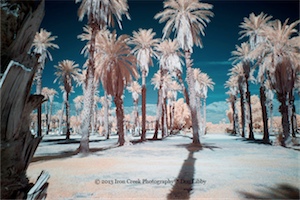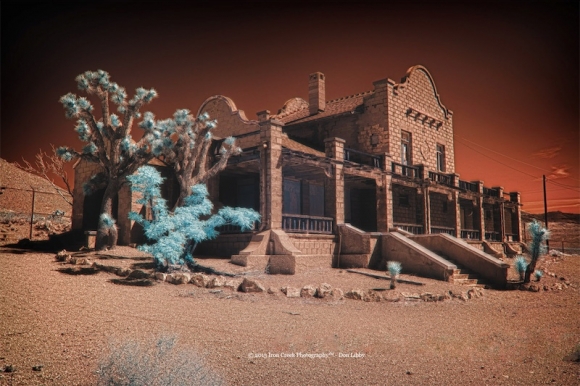Photographer shows the trials and tribulations of shooting an IR modified NEX-7
posted Monday, June 3, 2013 at 1:07 PM EDT

Converting a digital camera to shooting infrared is no easy task. You can do it yourself, or send it off to professionals to get it modified. But once you have the converted camera, what's it actually like to shoot with the thing? That's what photographer Don Libby has been revealing in a series of posts about his newly IR-converted Sony NEX-7.
Libby had his camera converted by LifePixel, but found there was little online written about using a converted NEX-7, so he chronicled using the thing on his website. And while the resulting images are fantastic, there are definitely a fair number of quirks involved in shooting with it.
For one, the image on the viewfinder and LCD is much darker, and the automatic metering didn't particularly work, so manual shooting is a must. But what sounded far more annoying is the software side of things. Since the image data coming out of the camera is so far removed from normal, Photoshop and Camera Raw can't process it properly. Apparently using the Raw processing that came with the camera worked, but in Libby's case, Sony's "Image Data Converter" proved to be incredibly problematic, and crash-happy. After converting them to TIFFs, then it's to Photoshop for color correction.
For a very different take on infrared cameras, the recent Kickstarter for Infragram is a modified camera designed for foliage specifically.
There's no doubt that shooting infrared can be extremely difficult, but it does result in images unlike anything else. Long the domain of analog photographers, infrared film is getting increasingly hard to get hold of, and it seems infrared converted digital cameras can pick up some of that slack.
(via 1001NoisyCameras)
